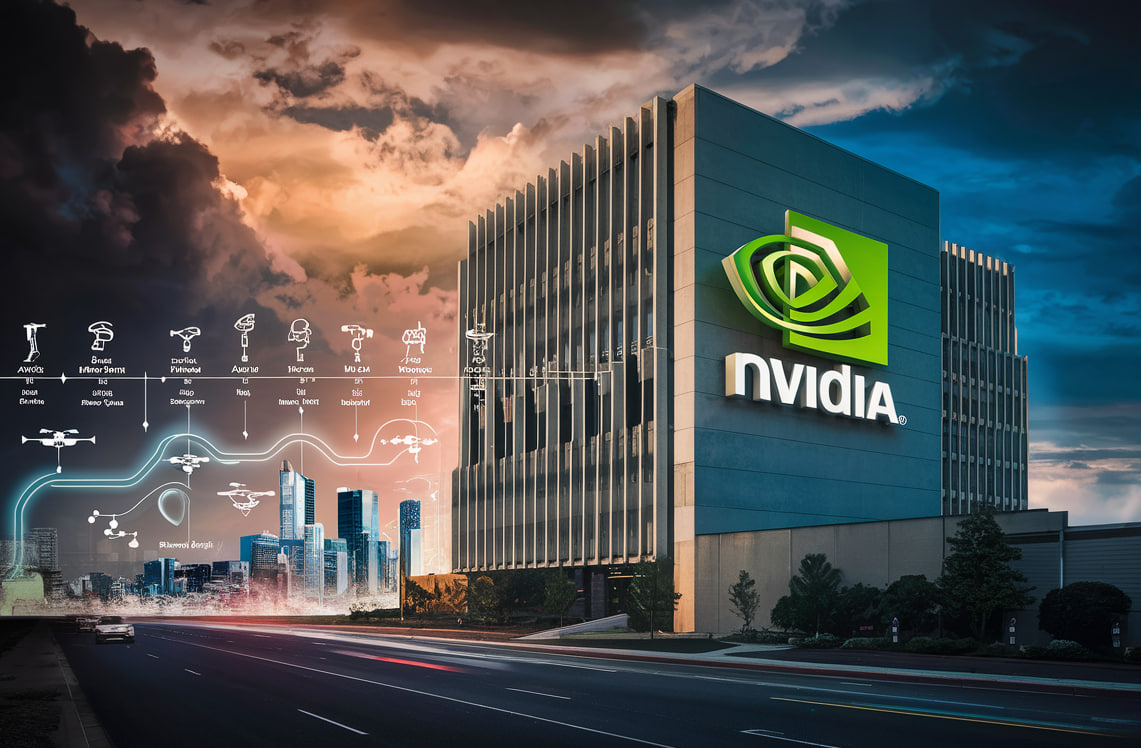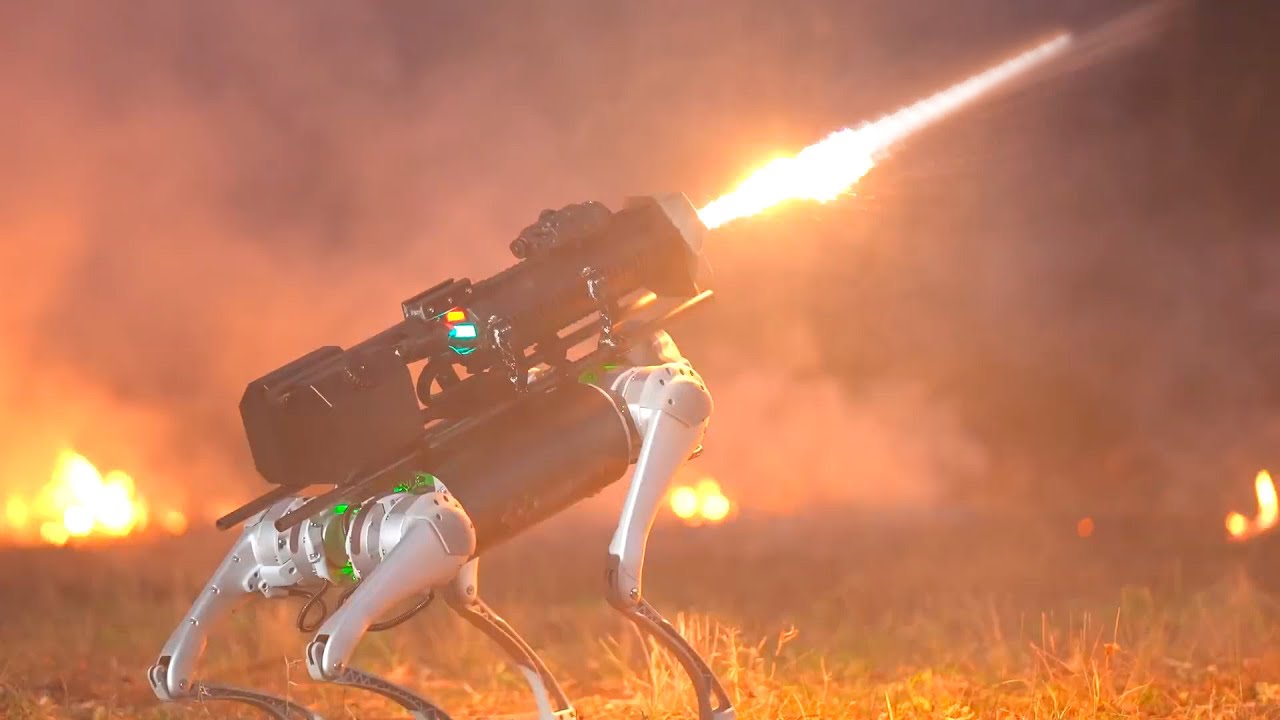In a bold move that challenges conventional approaches to humanoid robot design, Fourier Intelligence has introduced its latest iteration of the GR-1 general purpose humanoid robot. This cutting-edge machine stands out from its competitors by relying solely on vision-based perception, eschewing more complex sensor suites that typically include technologies like radar and LiDAR.
The GR-1's unique design incorporates six RGB cameras strategically placed around its frame, providing a comprehensive 360-degree view of its surroundings. This camera array, coupled with advanced AI processing, enables the robot to create a bird's-eye-view map of its environment. The system employs a neural network that learns from context to generate 3D spatial features and virtual objects, translating this data into a three-dimensional occupancy grid. This innovative approach allows the GR-1 to navigate efficiently, distinguishing between passable and impassable areas with remarkable accuracy.
Recent outdoor walking tests have demonstrated the GR-1's capabilities, with the robot exhibiting "high efficiency and accuracy in detecting vehicles and pedestrians along sidewalks" in real-time. This achievement marks a significant step forward in the development of vision-only navigation systems for humanoid robots.
Roger Cai, Fourier's director of robot application research and development, emphasized the potential impact of this technology: "This advancement marks a new stage of our research in embodied AI. With our pure vision solution, GR-1 is poised to play a pivotal role in diverse applications such as medical rehabilitation, family services, reception and guidance, security inspection, emergency rescue, and industrial manufacturing."
The decision to rely on vision-only systems draws parallels to Tesla's 2021 shift towards vision-based Autopilot systems in their vehicles. By eliminating the need for more expensive sensor technologies, Fourier Intelligence aims to reduce hardware costs significantly while "enhancing GR-1's environmental perception, achieving safer and more efficient operations with human-like precision."
Physically, the current GR-1 model represents a significant evolution from the skeletal, open-faced biped prototypes unveiled last year. The robot now features a more polished, fully-formed appearance, complete with a head that houses a high-definition display, audio speakers, and a microphone. Its body boasts an impressive 54 degrees of freedom, distributed across various joints: three each in the head and waist, seven in each arm, eleven in each five-digit hand, and six in each leg. This level of articulation allows for human-like movement and dexterity.
The GR-1's locomotion capabilities are equally impressive. Fourier Intelligence reports that the robot can walk at speed with a human-like gait across various surfaces, employing adaptive balance algorithms to maintain stability when navigating slopes. With a peak joint torque of 230 Nm, the GR-1 promises to be both agile and strong.
On the software side, the GR-1 is equipped with advanced AI capabilities, including what Fourier describes as a "ChatGPT-like multimodal language model as well as advanced semantic knowledge, natural language processing and logical reasoning." This sophisticated AI system, combined with the robot's vision-based perception, enables it to interact with its environment and potentially with humans in complex and nuanced ways.
The all-around vision system not only facilitates real-time mapping and navigation but also powers the GR-1's obstacle and collision avoidance capabilities. This comprehensive awareness of its surroundings is crucial for a robot designed to operate in dynamic, human-populated environments.
As humanoid robots continue to evolve and find new applications in various sectors, Fourier Intelligence's vision-only approach with the GR-1 represents a significant departure from conventional design philosophies. By demonstrating that complex tasks can be accomplished with a streamlined sensor suite, the company is potentially opening new avenues for more cost-effective and efficient humanoid robots.
The success of the GR-1 could have far-reaching implications for the field of robotics and AI. If vision-only systems prove to be sufficiently robust and reliable, it could lead to a paradigm shift in how robots perceive and interact with their environments. This could accelerate the development and deployment of humanoid robots in a wide range of applications, from healthcare and customer service to industrial manufacturing and emergency response.
As the GR-1 continues to undergo testing and refinement, the robotics community will be watching closely to see if Fourier Intelligence's bold vision-only strategy pays off. If successful, it could mark the beginning of a new era in humanoid robot design, one that prioritizes simplicity and efficiency without compromising on capability or performance.


















